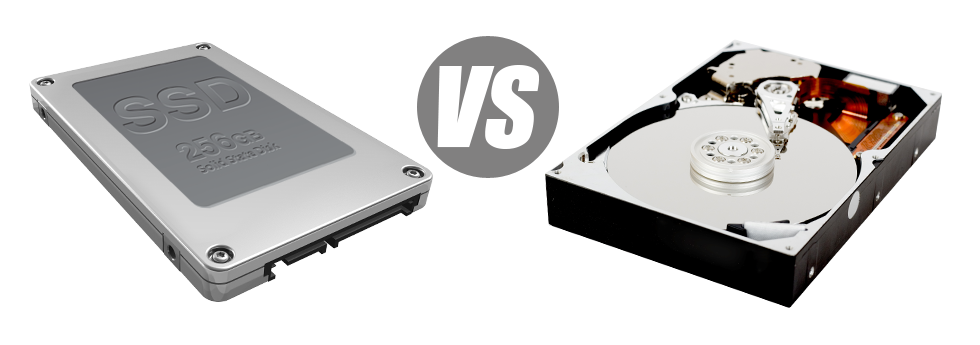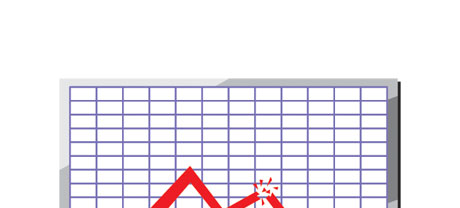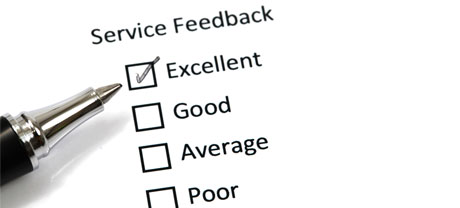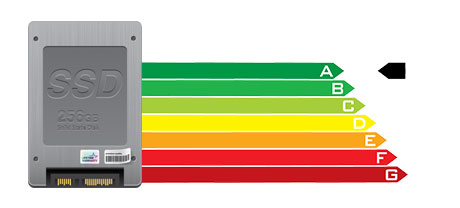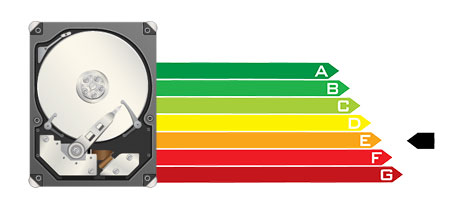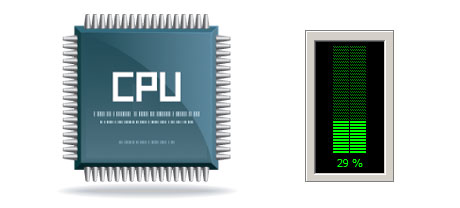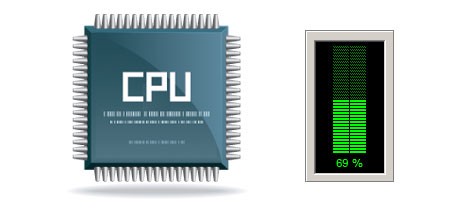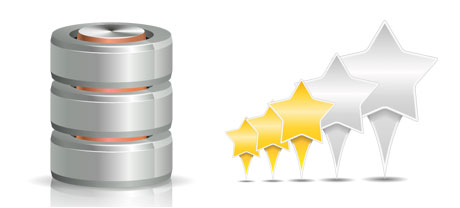For years there seemed to be a single efficient option to keep information on your personal computer – using a disk drive (HDD). However, this sort of technology is by now expressing it’s age – hard disks are really noisy and slow; they can be power–ravenous and tend to generate a great deal of heat throughout intense operations.
SSD drives, on the contrary, are swift, consume much less energy and tend to be much cooler. They provide a completely new way of file accessibility and storage and are years in advance of HDDs in relation to file read/write speed, I/O effectiveness and also energy effectivity. Figure out how HDDs fare up against the modern SSD drives.
1. Access Time
SSD drives give a fresh & imaginative solution to data storage based on the use of electronic interfaces rather than any moving components and turning disks. This brand–new technology is faster, allowing for a 0.1 millisecond data file access time.
The technology powering HDD drives times all the way back to 1954. And while it’s been substantially polished over time, it’s nonetheless no match for the inventive concept powering SSD drives. Utilizing today’s HDD drives, the top data file access speed you can achieve can vary in between 5 and 8 milliseconds.
2. Random I/O Performance
Thanks to the same radical technique that enables for speedier access times, it is possible to get pleasure from improved I/O effectiveness with SSD drives. They can complete two times as many functions during a given time compared to an HDD drive.
An SSD can deal with at least 6000 IO’s per second.
Throughout the very same trials, the HDD drives proved to be significantly slower, with 400 IO operations maintained per second. Even though this might appear to be a good deal, for those who have a busy web server that serves many well–known web sites, a slow hard disk can result in slow–loading web sites.
3. Reliability
SSD drives do not have any kind of moving parts, meaning that there is significantly less machinery inside them. And the less physically moving parts you’ll find, the lower the chances of failure are going to be.
The standard rate of failure of any SSD drive is 0.5%.
As we have mentioned, HDD drives rely on rotating hard disks. And anything that utilizes a great number of moving parts for extented intervals is more prone to failure.
HDD drives’ regular rate of failure ranges somewhere between 2% and 5%.
4. Energy Conservation
SSDs lack moving elements and need little or no cooling energy. They also require very little electricity to perform – trials have established they can be powered by a common AA battery.
In general, SSDs consume amongst 2 and 5 watts.
HDD drives are renowned for getting loud. They require extra electricity for air conditioning reasons. With a web server that has a large number of HDDs running consistently, you will need a good deal of fans to ensure that they’re kept cool – this will make them a lot less energy–economical than SSD drives.
HDDs take in between 6 and 15 watts.
5. CPU Power
As a result of SSD drives’ higher I/O efficiency, the key web server CPU can easily work with file demands a lot quicker and save time for other procedures.
The standard I/O wait for SSD drives is exactly 1%.
As compared to SSDs, HDDs enable reduced data file accessibility speeds. The CPU will have to await the HDD to return the requested file, scheduling its allocations in the meantime.
The normal I/O delay for HDD drives is around 7%.
6.Input/Output Request Times
It’s about time for a few real–world cases. We produced a detailed platform backup with a server only using SSDs for data storage uses. During that operation, the common service time for any I/O query remained beneath 20 ms.
In contrast to SSD drives, HDDs feature considerably sluggish service times for input/output queries. Throughout a hosting server backup, the average service time for an I/O request can vary somewhere between 400 and 500 ms.
7. Backup Rates
One more real–life enhancement will be the rate at which the back–up has been created. With SSDs, a web server data backup today will take under 6 hours implementing K-AXIS’s hosting server–enhanced software solutions.
Over the years, we’ve got worked with largely HDD drives on our web servers and we are knowledgeable of their effectiveness. With a hosting server loaded with HDD drives, a full hosting server data backup normally takes around 20 to 24 hours.
To be able to easily improve the performance of your respective websites while not having to alter just about any code, an SSD–driven website hosting service will be a very good solution. Check out our Linux shared website hosting packages – these hosting solutions include extremely fast SSD drives and can be found at inexpensive price points.
Hepsia
- Live Demo
Service guarantees
- All of our Virtual Private Servers include no installation costs and function in a reliable network providing 99.9% of uptime. Full root/administrator access guaranteed.
Compare our prices
- Examine the allocations and features coming with K-AXIS’s Virtual Private Servers. You could start off with a smaller VPS configuration and upgrade with just a click as your requirements grow.
- Compare our hosting plans
Contact Us
- Contact us night and day by email or by utilizing our ultra–fast ticketing platform. Our techs are prepared to answer any of your inquiries within 60 mins.
